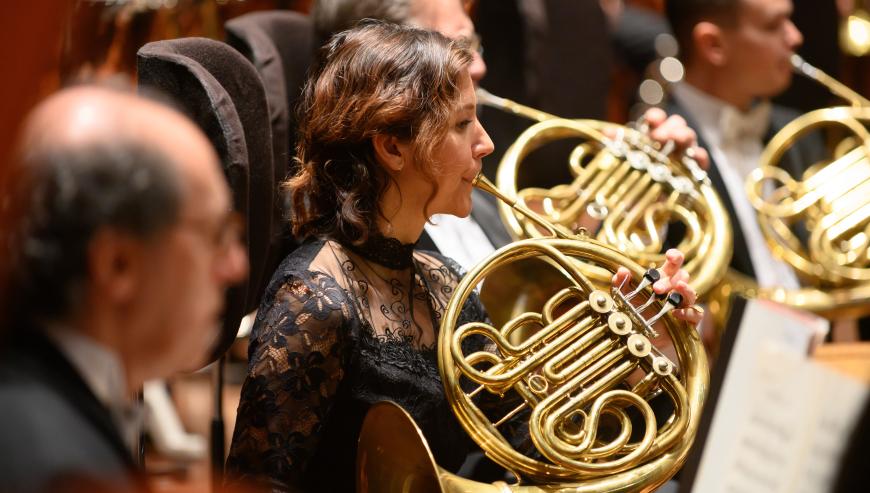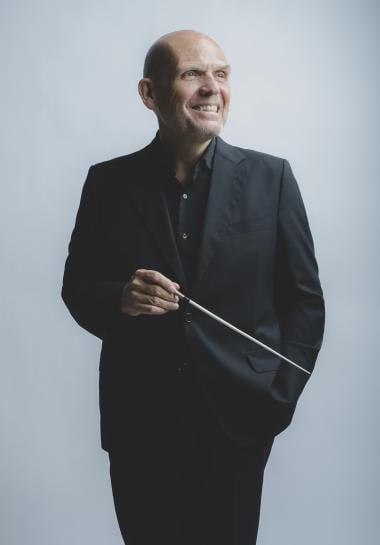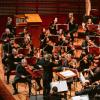
It was so cold at the premiere of Beethoven’s Fifth Symphony in 1808, and the orchestra played so poorly, that people walked out. Forty-nine degrees may be practically freezing by San Francisco’s standards, but on Thursday the audience was comfortably ensconced in Davies Symphony Hall, where the San Francisco Symphony, under Jaap van Zweden, played Beethoven’s work magnificently — and to a cheering crowd.
It’s familiar music but restless, radical in its time and still today. Take the distant episode in the development of the first movement where the melody breaks down into a push-pull of chords not salvageable even for parts — on Thursday, a moment all the more daring for carrying on in time. Against such nervous propulsion, principal oboe Eugene Izotov, twirling a pretty cadenza, seemed to have wandered in from some concerto. Yet it was with just-so cadences that van Zweden played up the quirks of the Scherzo, a repetitive form that Beethoven here rebukes by changing the orchestration, bowed strings switched out for the strange, flat sound of plucking at the movement’s end.

All this on Thursday, plus a good deal of beauty. Expertly balanced chords (which don’t come cheap in Davies) made even the muted A-flat major of the slow movement sound warm. And the articulation was remarkably uniform both within and between sections, the collective sound clean like a new score.
Van Zweden, in his final season as music director of the New York Philharmonic, has also served as music director of the Hong Kong Philharmonic since 2012. It’s with that latter group that he recently recorded a fine, if somewhat sedate version of Dmitri Shostakovich’s Fifth Symphony, the other piece on the SF Symphony’s program.
Echoes of Beethoven’s Fifth, in fact, reverberate in this 20th-century symphony. The orchestra has grown larger and more powerful, which in a funny way makes the finer moments fragile. Under van Zweden, the slow movement glittered in particular. The violins’ shimmery accompaniment, scarcely audible, was edge-of-your-seat listening, a memory to file before the sound faded. The symphony’s opening, often played so portentously that there’s nothing left for the rest of the piece, was just steely enough. And with impish solos by newly appointed principal flute Yubeen Kim and especially violinist Wyatt Underhill, sitting as concertmaster, the Allegretto brimmed with merriment.
So, it was a strange decision to play the end neither fast nor slow (there’s a contentious tempo marking) but somewhere in the middle, like a floor with just enough slope to lose, or loose, something dear. On the other hand, it was with clear intent that van Zweden inverted the balance of a section in the third movement. The violas’ tremolo strangled the melody in the cellos — why? For symbolism, maybe. If it weren’t for Stalin, the story goes, Shostakovich would have written more adventurously, continuing the thread from his opera Lady Macbeth of Mtsensk, which had run him afoul of the Soviet state. And so the Fifth Symphony represents a calculated retreat — or not. How would Shostakovich have used his freedom? We’ll never know, but at least we get to join in the adventure every time a visiting conductor comes to call.




